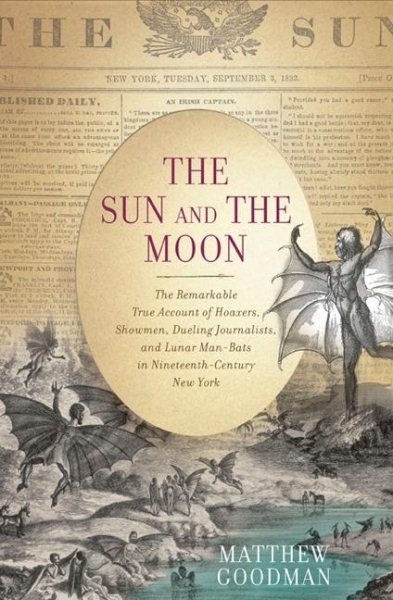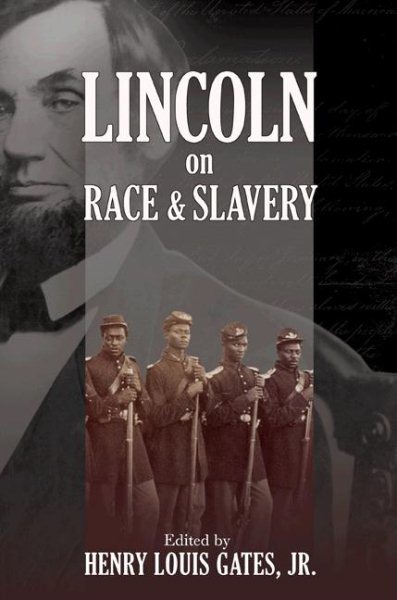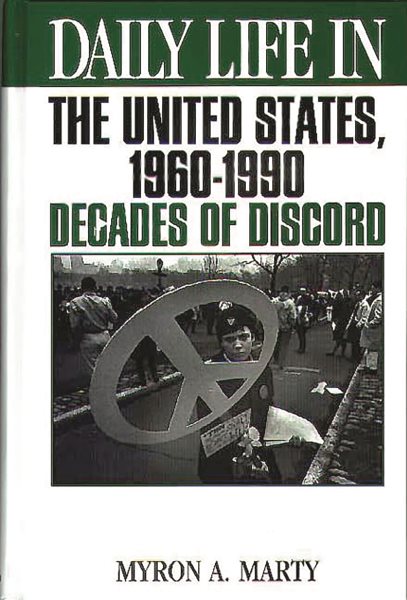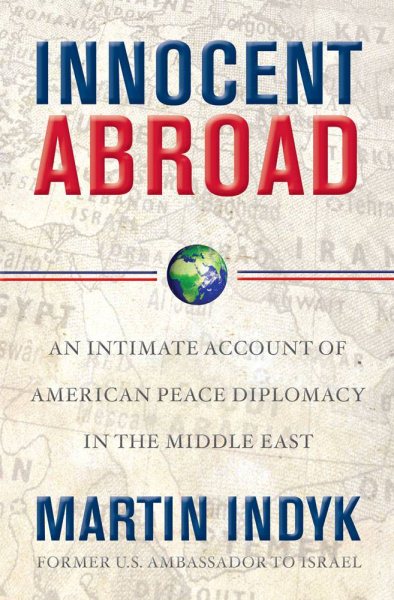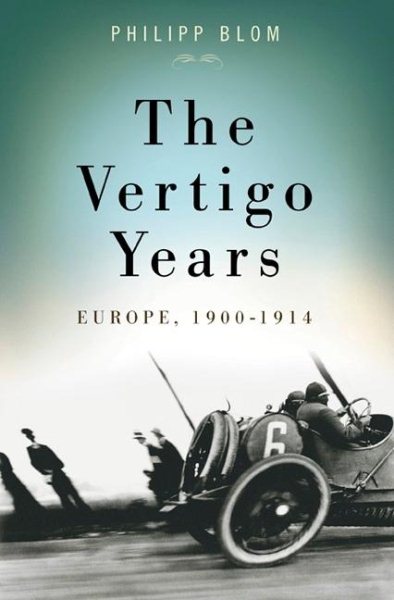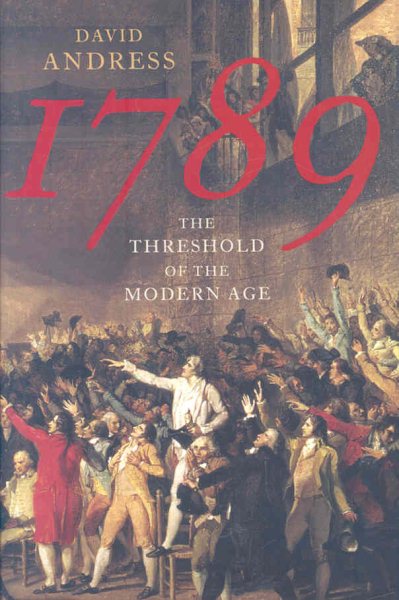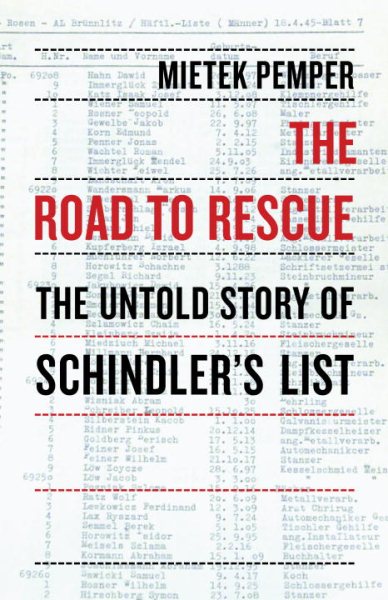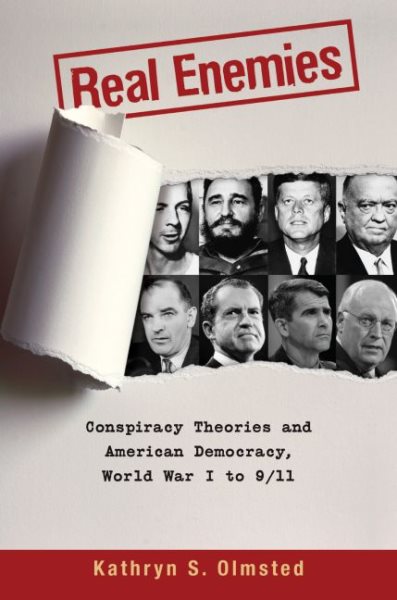 By Kathryn S. Olmsted
By Kathryn S. Olmsted
The American Century's hidden narrative."The institutionalized secrecy of the modern U.S. government inspired a new type of conspiracy theories [which] proposed that the federal government itself was the conspirator," writes Olmsted (History/Univ. of California, Davis; Red Spy Queen: A Biography of Elizabeth Bentley, 2002, etc.). Interestingly, the proponents of such theories changed over time from the conservative, moneyed elite epitomized by FDR's many enemies to a more marginalized demographic of embittered, frightened people on both the left and right. The author begins by examining how World War I swelled the federal budget and fostered an atmosphere in which dissent was equated with subversion, as demonstrated by the 1918 Palmer raids. In response, those defined as enemies of the state grew more paranoid. By the end of the '20s, Olmsted observes, skeptics might blame the president's inner circle or "the secret cabals of the international gold ring," but they all agreed that shadowy, powerful interests had manipulated America into war. The shock of Pearl Harbor only amplified these tendencies among a strange consensus of anti-Semites, anti-interventionists and New Deal haters who "had long feared [an] ‘incident' that would allow Roosevelt to drag an unwilling country into war." In the '50s, fears arising from the communists' victory in China and the Soviets' acquisition of the atom bomb were exploited by Joseph McCarthy, perhaps the most ruthless of the "official" conspiracy-mongers. With JFK's assassination, the author argues, conspiracy theories became the province of ordinary people, who formed grassroots networks to debunk the Warren Report. She concludes by looking at anti-government paranoia of the '90s, which produced Timothy McVeigh, and its disturbing resonance in skepticism about who really perpetrated the 9/11 attacks. Olmsted ably handles research into obscure and fringe source materials, explaining how real evidence like the top-secret intercepts of Japanese communications during WWII fed conspiracy fantasies, often over decades. Her energetic narrative shows an increasingly complex national security apparatus both prompting conspiracy theories and promulgating its own. Convincing study of how alternative histories develop.
(Check Catalog)
